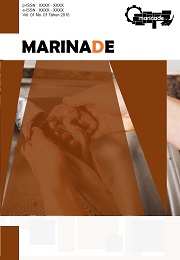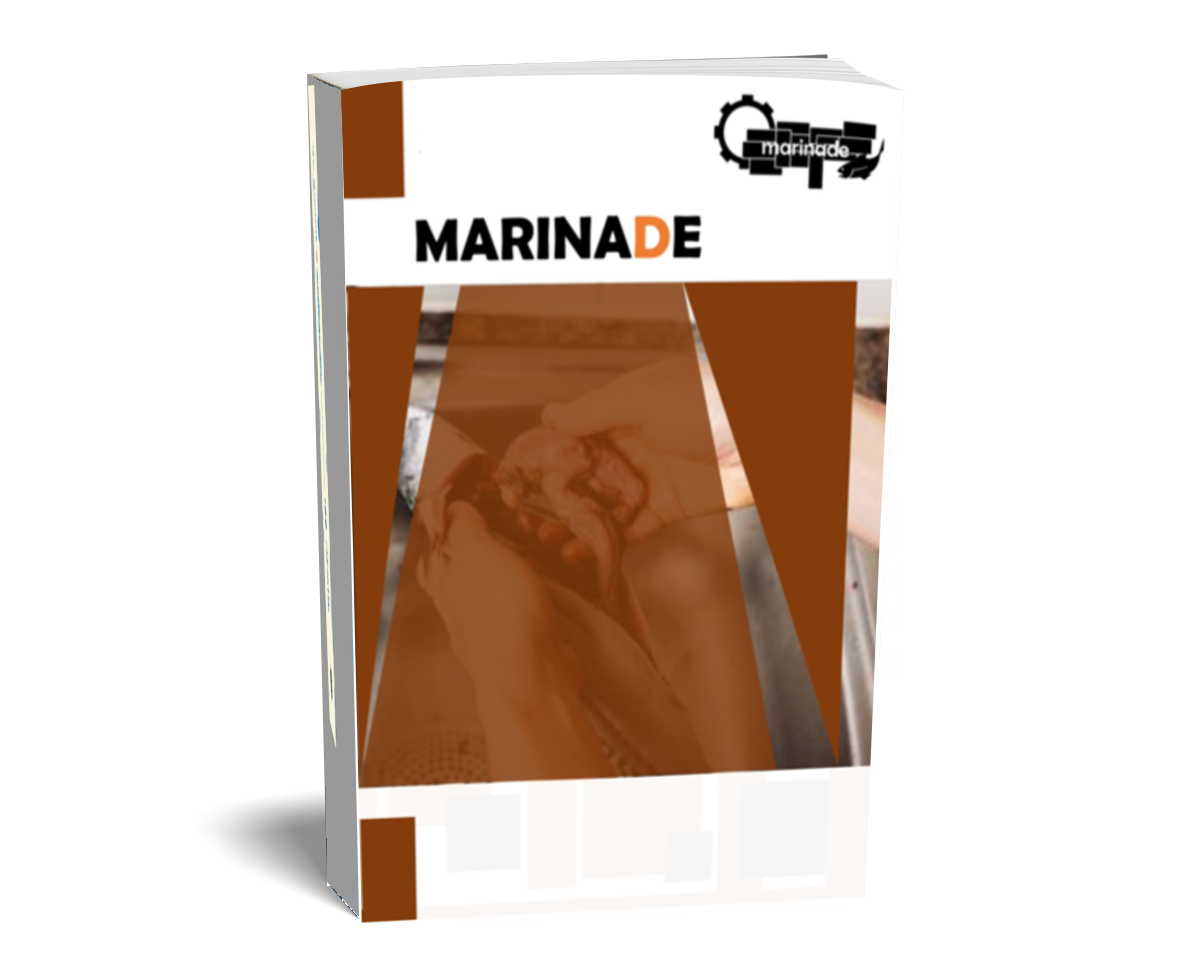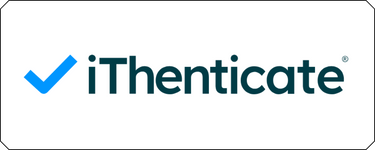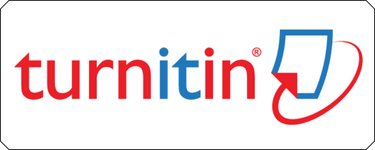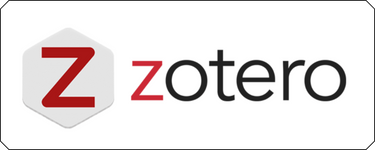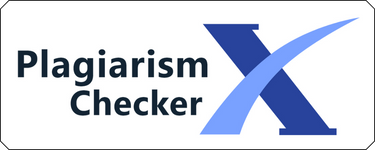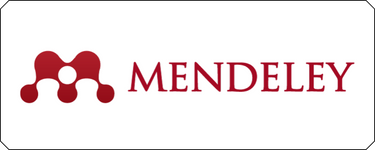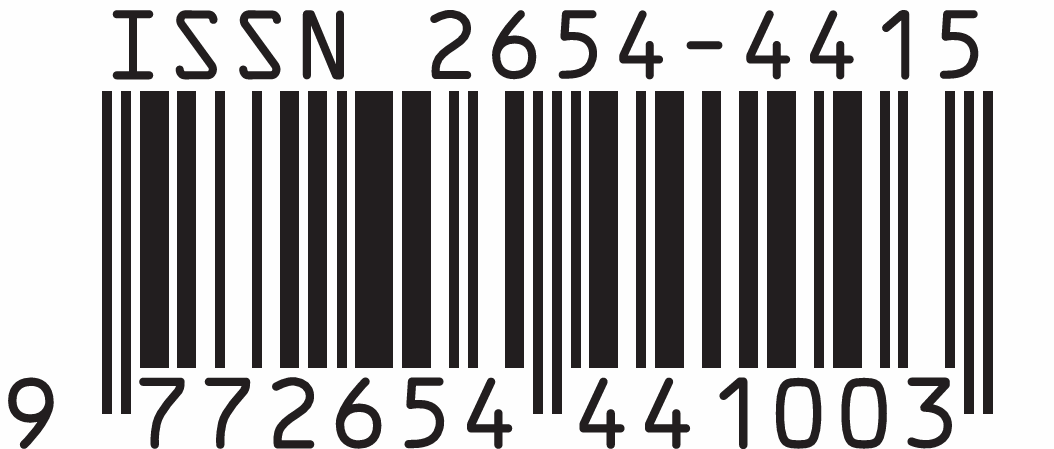PENGARUH METODE PENGERINGAN TERHADAPKARAKTERISTIK FISIKOKIMIA IKAN PARI (Dasyatis sp.) KERING
DOI:
https://doi.org/10.31629/marinade.v3i01.2721Keywords:
ikan pari kering, karakteristik fisikokimia, pengeringan, penyimpananAbstract
Drying is a preservation method by removing or removing air from a material using heat energy. The purpose of this study was to study the interactions and changes in physicochemical characteristics with different drying methods. This study uses a Completely Randomized Design (CRD) with three drying treatmet namely microwave, oven and sunlight. The parameters collected were wet content, ash content, protein content, fat content, salt content, amino acids, TPC (Total Plate Count) and hedonic tests (taste, flavour, color and texture). The results showed a method that was significantly different from wet content, but did not significantly affect ash content, protein content and fat content. While the real storage time for wet content, ash content, protein content, fat content, TPC value and hedonic value. The best combination is oven drying at a temperature of 100â—‹ -130â—‹C for 5 hours with air content of 14.81%, ash content of 2.31%, protein content of 41.87%, fat content of 3.07%, salt content of 4.01%, taste value 9.4, flavour 9.26, color 8.86, texture 8.73 and value of TPC (Total Plate Count) 2.5 x 102
Downloads
Downloads
Published
Issue
Section
License
You are free to:
- Share — copy and redistribute the material in any medium or format for any purpose, even commercially.
- Adapt — remix, transform, and build upon the material for any purpose, even commercially.
- The licensor cannot revoke these freedoms as long as you follow the license terms.
Under the following terms:
- Attribution — You must give appropriate credit, provide a link to the license, and indicate if changes were made . You may do so in any reasonable manner, but not in any way that suggests the licensor endorses you or your use.
- ShareAlike — If you remix, transform, or build upon the material, you must distribute your contributions under the same license as the original.
- No additional restrictions — You may not apply legal terms or technological measures that legally restrict others from doing anything the license permits.

